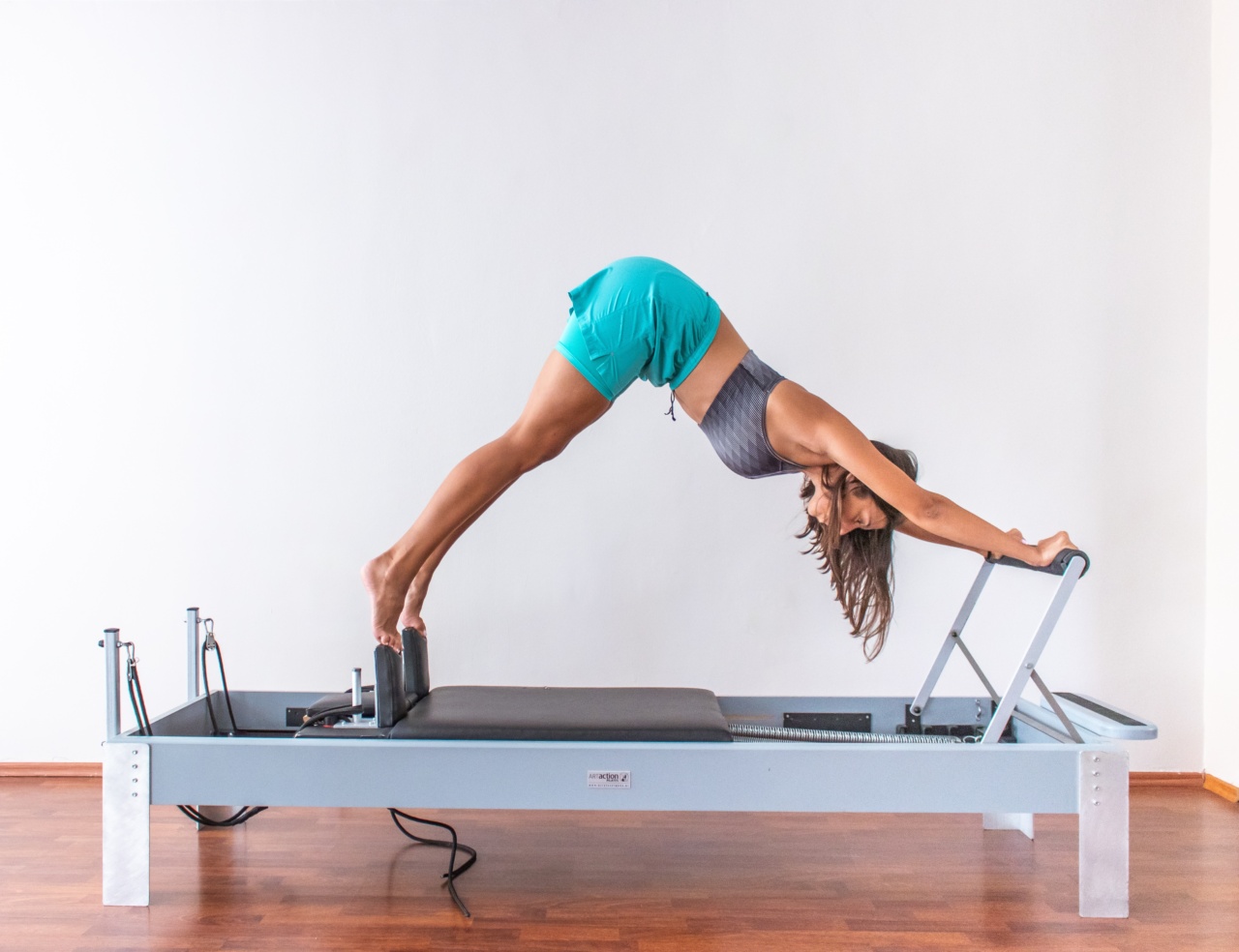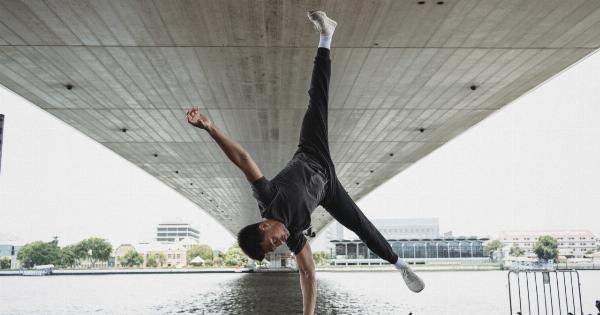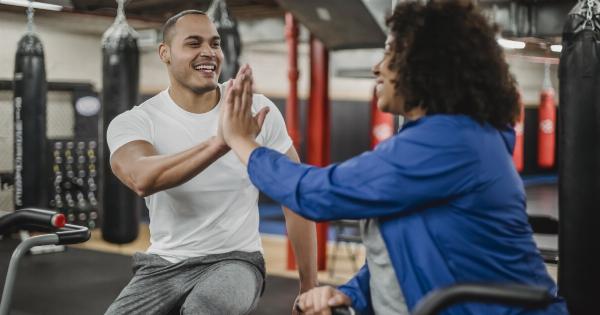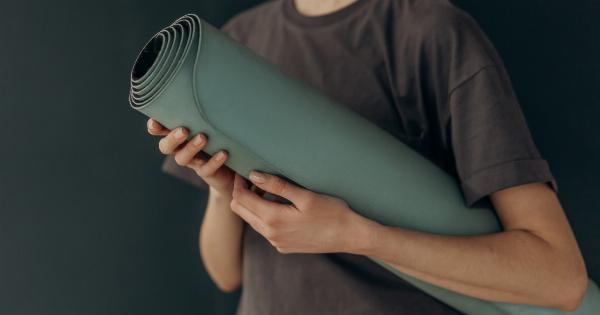Pilates Reformer is a piece of exercise equipment that helps improve strength, flexibility, and overall body awareness. It consists of a bed-like frame with a rolling carriage that is equipped with adjustable springs, straps, and pulleys.
How Does Pilates Reformer Work?
The Pilates Reformer works by utilizing resistance to challenge and target specific muscle groups. By adjusting the tension of the springs, individuals can increase or decrease the intensity of their workout.
The sliding carriage and various attachments allow for a wide range of exercises, targeting both the upper and lower body.
The Benefits of Pilates Reformer
Pilates Reformer workouts offer numerous benefits for individuals of all fitness levels. Some of the key advantages include:.
- Improves core strength: The Reformer exercises require individuals to engage their core muscles, leading to a stronger and more stable core.
- Increases flexibility: The stretching and elongating movements performed on the Reformer help improve flexibility and joint mobility.
- Enhances muscular strength: The resistance provided by the springs targets and challenges the muscles, resulting in increased strength and tone.
- Corrects imbalances: Pilates Reformer exercises focus on proper alignment and balance, helping to correct any muscular imbalances that may exist.
- Improves posture: The emphasis on proper alignment and core engagement in Pilates Reformer workouts leads to improved posture and alignment.
- Increases body awareness: Performing exercises on the Reformer requires individuals to be mindful of their body and movement, leading to increased body awareness.
Introduction to Bosu
The Bosu Balance Trainer, commonly referred to as Bosu, is a versatile fitness tool that combines elements of a stability ball and a balance board.
The term “Bosu” stands for “Both Sides Up,” as the device can be used with either side facing up.
How Does Bosu Work?
The Bosu works by challenging the body’s stability and balance through a variety of exercises. Its unique design allows individuals to perform exercises standing, sitting, kneeling, and lying down.
The unstable surface of the Bosu engages the muscles and activates the core to maintain stability.
The Benefits of Bosu Training
Using the Bosu Balance Trainer can bring numerous benefits to your fitness routine. Some of the key advantages include:.
- Improves balance and stability: The Bosu’s unstable surface forces the body to engage its stabilizing muscles, leading to improved balance and stability.
- Enhances core strength: The necessity to stabilize the body activates the core muscles, resulting in improved core strength.
- Increases joint proprioception: Using the Bosu challenges the body’s proprioceptive abilities, improving joint stability and reducing the risk of injury.
- Enhances athletic performance: Bosu training improves overall body coordination, balance, and joint strength, which can translate into improved athletic performance.
- Allows for versatile exercises: The Bosu can be used for a wide range of exercises, targeting different muscle groups and movement patterns.
- Can be used for rehabilitation: The unstable surface of the Bosu can be beneficial for individuals recovering from injuries, as it helps improve proprioception and joint stability.
Complementing Pilates Reformer and Bosu
While Pilates Reformer and Bosu are effective on their own, combining the two can offer a well-rounded and diverse training experience.
By incorporating Pilates Reformer exercises into your Bosu routine, you can further challenge your core, improve stability, and enhance muscle strength.
Additionally, the Bosu can be used as a prop during Pilates Reformer workouts to add an element of instability.
Placing the Bosu on the carriage or incorporating it into exercises can further engage the core and challenge the body’s balance and stability.
Sample Pilates Reformer and Bosu Workout
Here is a sample Pilates Reformer and Bosu workout that combines exercises from both disciplines:.
- Warm-up: Start with gentle dynamic stretches and movements, such as cat-cow stretches and shoulder rolls.
- Pilates Reformer – Hundred: Lie on the Pilates Reformer carriage with your feet on the footbar and your head, neck, and shoulders lifted. Pump your arms up and down while maintaining a stable core.
- Bosu – Squat with Overhead Shoulder Press: Stand on the Bosu with your legs hip-width apart. Hold dumbbells in each hand and squat down, then press the weights overhead as you stand up.
- Pilates Reformer – Leg Press: Lie on the Pilates Reformer carriage and place your feet on the footbar. Push the carriage away with your legs until they are fully extended, then return to the starting position.
- Bosu – Plank: Place your forearms on the Bosu and extend your legs behind you, coming into a plank position. Hold the plank while maintaining a stable core and neutral spine.
- Pilates Reformer – Rowing Series: Sit on the Pilates Reformer carriage with your legs extended in front of you. Hold the handles and pull them towards your torso, engaging your back muscles.
- Bosu – Mountain Climbers: Assume a high plank position with your hands on the Bosu. Alternate bringing your knees towards your chest in a running motion.
- Pilates Reformer – Side Lying Leg Lifts: Lie on your side on the Pilates Reformer carriage and lift your top leg towards the ceiling, engaging your outer hip and glute muscles.
- Bosu – Russian Twists: Sit on the Bosu with your knees slightly bent and your feet lifted off the ground. Twist your torso from side to side, engaging your abdominal muscles.
- Cool-down: Finish the workout with static stretches, focusing on the major muscle groups used during the session.
Remember to modify the intensity and difficulty of the exercises to suit your fitness level and always consult with a qualified instructor if you are new to Pilates Reformer or Bosu training.





























